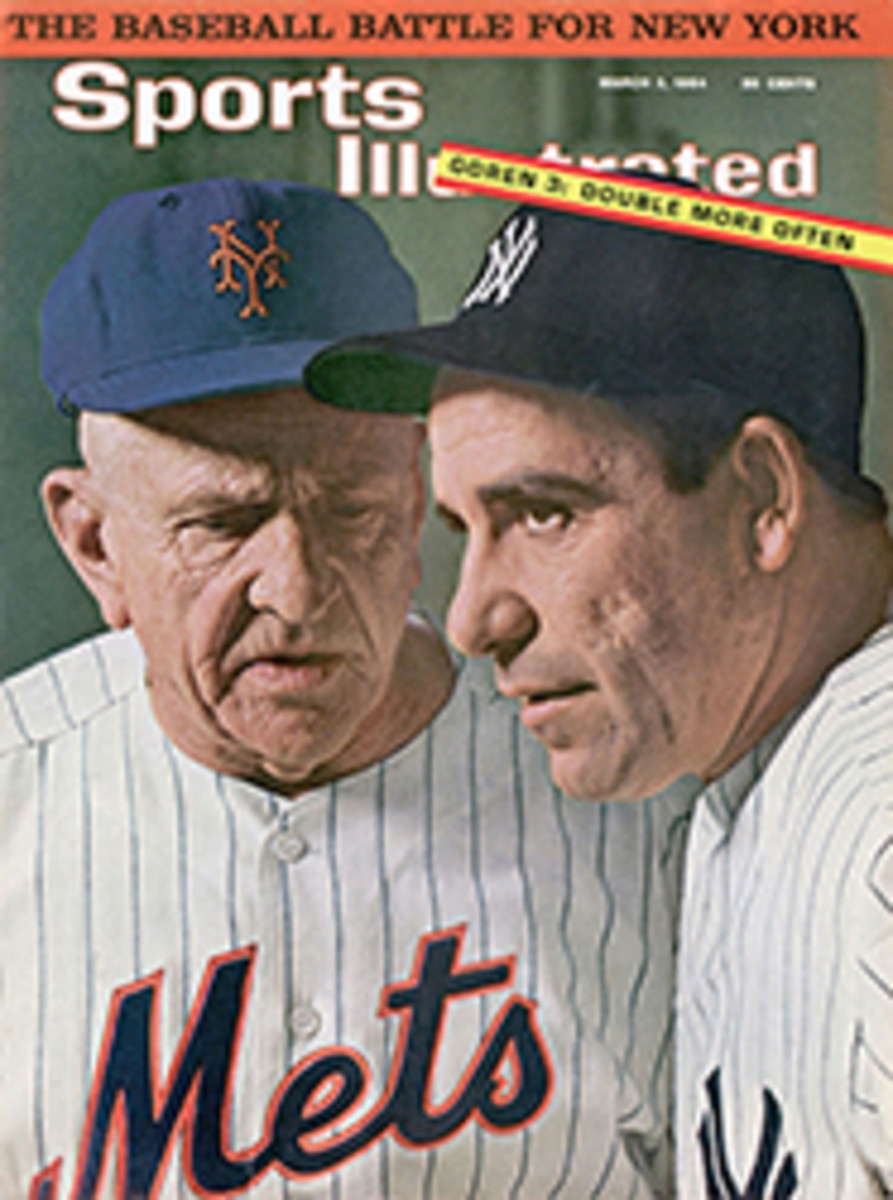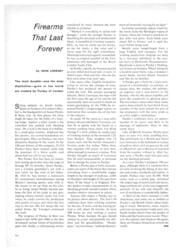
THE POET AND THE BOXER
When the eminent French poet Jean Cocteau died last October at the age of 74, his obituaries noted that he had followed an astounding number of part-time careers as well—novelist, playwright, choreographer, film director, critic and artist. But Cocteau's journalistic biographers overlooked the most bizarre of his avocations: he was once the successful manager of a world champion prizefighter.
The fighter was Alphonse Theo Brown, better known as Panama Al Brown, born in Panama in 1902, a lean, spindly-legged, thin-waisted boxer who won the bantamweight title when he was 26 years old. With a scrupulous exactitude that was rare for him—he was one of the most tireless name-droppers in the history of literature—Cocteau insisted that he was not Brown's manager in a professional sense, that there was no contract or financial arrangement between them. But, in fact, Cocteau got to know Brown when he was down on his luck, persuaded him to train, selected opponents for him, directed a masterly publicity campaign on Brown's behalf and guided and goaded Brown back to the championship. Nor is the sporting significance of this feat to be underrated. Unlike America, where the heavyweight class has long dominated public interest-even as it does this very week—Europe has always revered the smaller fighters, from the middleweights down. A flashy Al Brown could be, and was, the talk of Paris.
No professional manager could have done a better job than Cocteau did with Brown, and probably no one in boxing history ever had less preparation for it. The spoiled son of a well-to-do lawyer in Maisons-Laffitte, Cocteau published his first poems at 17, ran away from home and remained a highly successful infant prodigy for the next 50 years. Thin, elegant, nervous, with hollow cheeks, dilated eyes and agitated gestures, he fitted into the advanced artistic circles in Paris as if they had been created especially for him. He was a leader in every modern art movement from Dada to surrealism, an early collaborator with such innovators as Igor Stravinsky, Pablo Picasso and Sergei Diaghilev, and the author of odd, elliptical little novels and plays that were principally distinguished by the author's obvious striving for originality. A resolute nonconformist bent on shocking the public in everything he did, Cocteau posed as the thinking man's junkie when he took up opium. Then, when he kicked the habit, he wrote a book about it that made the experience seem only a shade less important than the French Revolution.
Yet he was a daredevil experimenter, with a boldness and wit that made him an important cultural influence. "If the reader has been baffled by the sudden interest of intellectuals in the circus, the music hall and prizefighting," said the New York Sun in 1930, "he will find the most plausible explanation in the gyrations of Jean Cocteau." Gyrations they may have been, but gyrations that had an effect on boxing as well as culture.
Panama Al Brown was a much simpler personality. He was just an exceedingly able fighter, the winner of 124 of his 156 officially recorded bouts in a career that lasted 25 years. He was, as the London Times observed of him, "a bantamweight 71 inches tall, yet by some miracle of physique, perfectly proportioned." Able to outreach all his foes, he made use of a snappy, tantalizing jab and marvelous footwork, inciting his opponents to desperation and recklessness, and then finishing them off with effortless mastery in the late rounds. But when pushed to it, he could and would hammer out a victory in bludgeon style.
This is the fighter Cocteau managed for two years. In a recent book, Monstres Sacrés du Ring, the veteran French boxing authority Georges Peeters elucidated the rare and mysterious story of Cocteau's influence on Brown's career. The following pages, drawn from that work, throw an incandescent light on some murky episodes in boxing history—and in the process illuminate some little-known aspects of the self-consciously avant-garde art world of Paris.
ILLUSTRATION
PHILIP HAYS
ILLUSTRATION

